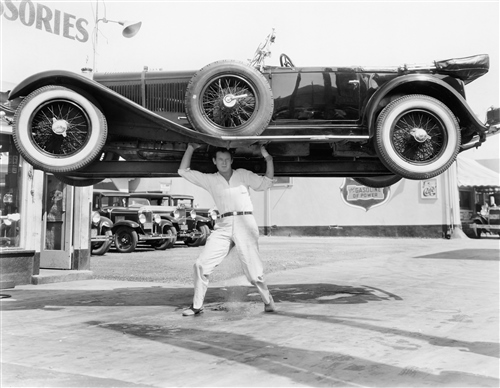Cramming a lot of power into a portable device isn't always easy. While there may be an infinite number of good solutions to convert a 5-V input to a 3.3-V output, there are much fewer going the other way. In such cases, when a boost converter is needed, very often a controller plus external FET is required to support higher output powers. However, this is usually unacceptable for highly integrated and small portable devices like power banks—the solution size, component count, and complexity are simply too much.
Consider the latest smartphones. The battery capacities now reach nearly 4000 mAhr. To recharge that battery from your power bank, a boost converter is needed to boost the power bank’s battery voltage to around 5V for the input of your phone. Then, the phone’s battery charger takes that power and puts it into your phone’s battery. At the typical 1-A output current of most integrated FET boost converters, this would take about 4 hours to charge.
The key to faster charge transfer from the power bank to your phone is to increase the output current from the power bank. This requires increasing the current capability of the boost converter in between the two. Going from 1A to 2A of output current, for example, cuts the charge time in half—down to just 2 hours. Now that’s progress! That’s faster charging!
But 2A of output current at 5V (that’s 10W!) from the single cell lithium battery found in power banks requires a very high current boost converter. Due to the step-up ratio (~3.6V to 5V), the efficiency (85-90% at full power), and the inductor’s ripple current (20-30%), the current requirement for the main FET needs to be above 4A. So, we need at least a 4-A boost converter integrated for small size, portable applications.
This is now possible with the TPS61230. At 3 x 3 mm in size, integrating both the main FET and synchronous FET, and achieving 90+% efficiency at full output power, the TPS61230 provides the higher output current needed for faster charging without needing numerous external components.
How are higher power boost converters easing your designs?
Additional Resources:
- Download a datasheet of the new TPS61230 boost converter.
- Order an easy-to-use evaluation module for the TPS61230.


